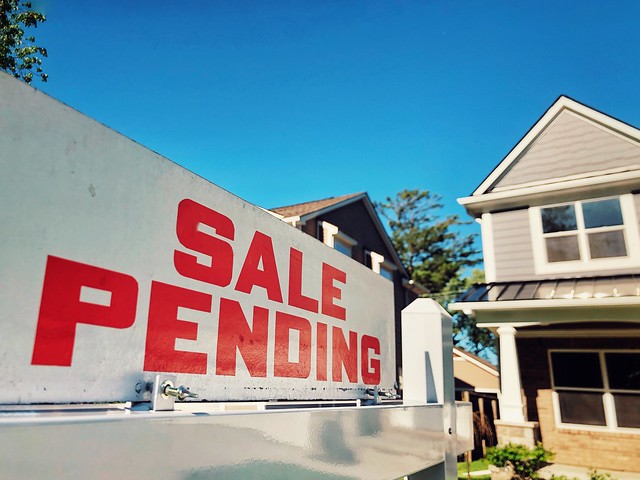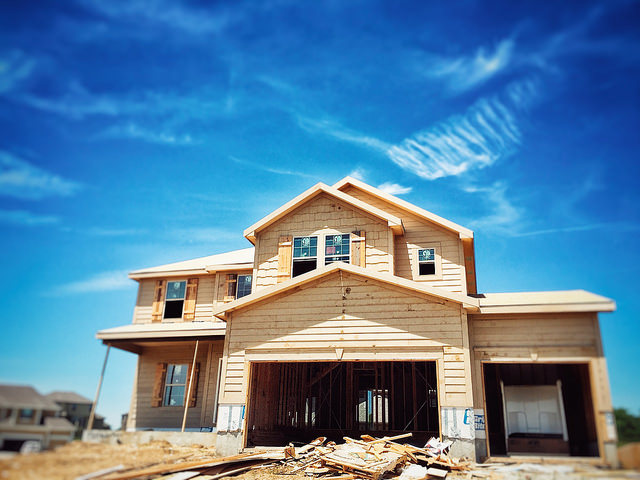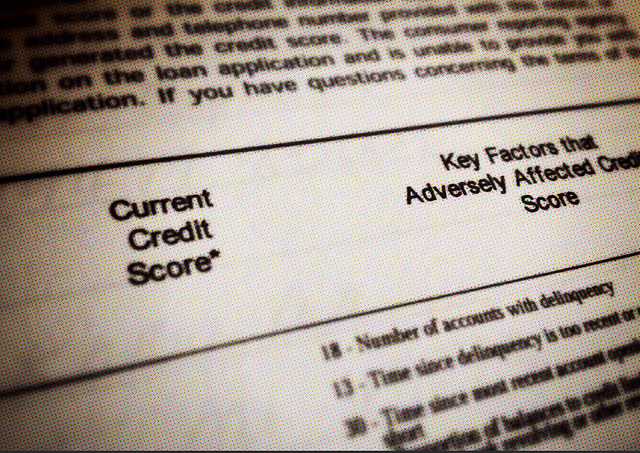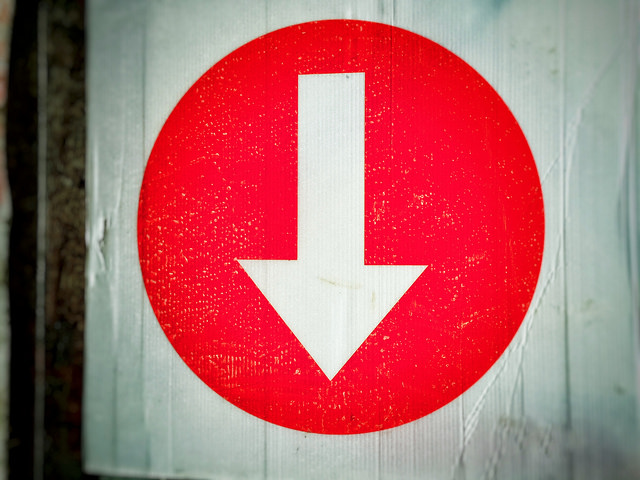The National Association of Realtors’ monthly Pending Home Sales Index has tracked the number of signed contracts to buy homes since January 2001. In May, the index set an all-time record for month-over-month gains, with a 44.3 percent increase. After the improvement, pending sales are now just 5.1 percent lower than they were last year at the same time. Lawrence Yun, NAR’s chief economist, says the rebound is a good sign for the housing market and the overall economy. “This has been a spectacular recovery for contract signings, and goes to show the resiliency of American consumers and their evergreen desire for homeownership,†Yun said. “This bounce back also speaks to how the housing sector could lead the way for a broader economic recovery.†Every region of the country saw double-digit increases, led by a 56.2 percent gain in the West. Yun says the recovery has significantly improved the outlook for home sales this year. In fact, the NAR now expects total sales to suffer a less than 10 percent decline, despite the typical spring sales season being disrupted by the coronavirus pandemic.













